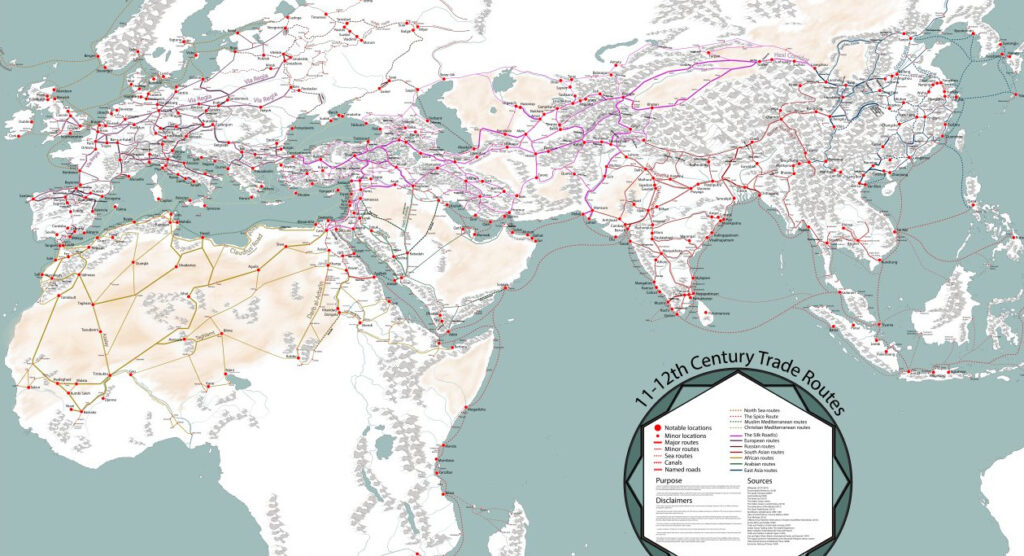“A Journey Through the Centuries”
Valbonne, a picturesque medieval village in the south of France, has a rich and fascinating history as a center of trade and commerce. For centuries, Valbonne was a strategic location on the trade routes that connected the Mediterranean coast with the interior of Provence, and the village played an important role in the region's economic and cultural development.

The origins of Valbonne's commercial significance can be traced back to the Roman era, when the village was known as Vallis Bona, a name that means "good valley" in Latin. Valbonne was situated on a major Roman road that connected the coast with the Alps, and the village was an important stopover for travelers and traders.
During the Middle Ages, Valbonne became a center of commerce for local agricultural products, such as olives, honey, and wine. The village's location on the main road between Nice and Aix-en-Provence made it an ideal place for merchants to buy and sell goods.
In the 16th and 17th centuries, Valbonne experienced a period of great prosperity as a result of its position on the trade routes that connected the region's cities and towns. The village became a center of textile production, and the famous Provencal fabrics known as "indiennes" were produced in Valbonne and sold throughout the region.
Valbonne's strategic location on the trade routes also made it an attractive target for invaders and bandits. The village was sacked and pillaged several times throughout its history, including by the Saracens in the 8th century and by the armies of Louis XIV in the 17th century.
Despite these challenges, Valbonne continued to thrive as a center of commerce and trade, and the village's economic and cultural importance only increased over time. Today, Valbonne is a thriving community that has preserved its rich history and traditions, while also embracing modern commerce and technology.
The village is home to a number of small businesses and artisanal workshops, as well as to several international companies and research centers. Valbonne's high-tech industrial park, Sophia Antipolis, is one of the largest technology hubs in Europe, and is home to over 2,000 companies and research organizations.

Visitors to Valbonne can explore the village's rich history and culture by visiting its many historic sites, such as the Romanesque church of Saint Blaise and the picturesque Place des Arcades. They can also enjoy the village's many restaurants, cafes, and shops, which offer a wide range of traditional and modern products.
In conclusion, Valbonne's location on the ancient trade routes that connected the Mediterranean with the interior of Provence has played a significant role in the village's history and development. From Roman times to the present day, Valbonne has been a center of commerce and trade, and has maintained its cultural and economic importance through the centuries. Today, Valbonne is a vibrant and dynamic community that welcomes visitors from all over the world to explore its rich history and traditions.


